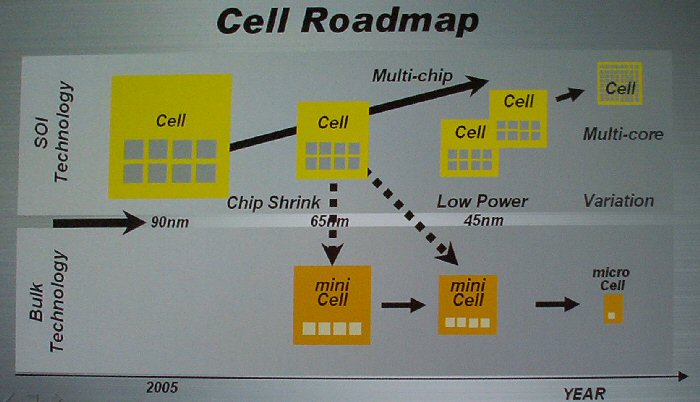I think we're talking here very specifically of the use of Cell in small devices. The PPE unit is too much of a power drain for that. Instead, we'll see some more applications for the SPE based units with lighter more specialised or even maybe without managing cores, much like the Magic Mirror stuff that Toshiba developed using four SPEs and some other chips (if I remember correctly).
We're obviously not talking about Cell in the context of gaming or heavy-weight super computers and such that the science, military and medical departments seem to be quite enthusiastic about.
We're obviously not talking about Cell in the context of gaming or heavy-weight super computers and such that the science, military and medical departments seem to be quite enthusiastic about.

